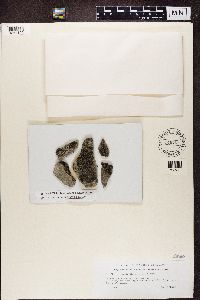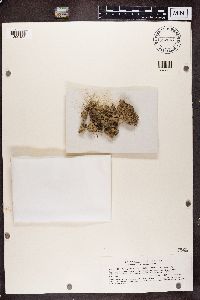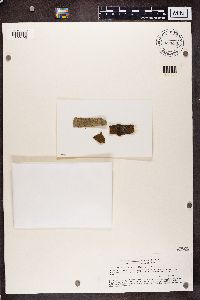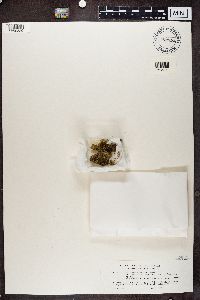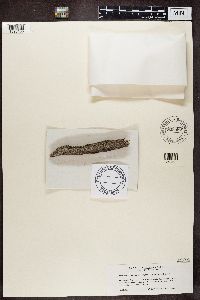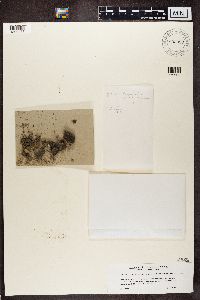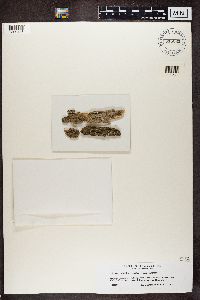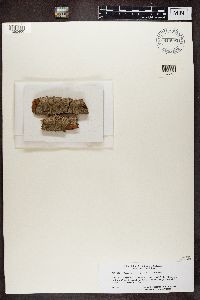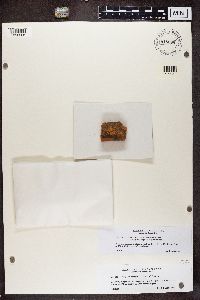University of Minnesota
http://www.umn.edu/
612-625-5000
http://www.umn.edu/
612-625-5000
Minnesota Biodiversity Atlas
Bell Museum
Dataset: MIN-Lichens
Search Criteria: Austria; Burgenland; excluding cultivated/captive occurrences
1
Page 1, records 1-15 of 15
Bell Museum lichens | |
MIN:Lichens | Vezdaea rheocarpa Poelt & Döbbeler 817876[]Poelt, J. 21021977-04-13 Austria, Burgenland, Bergen Bei Jennersdorf |
MIN:Lichens | Lecanora albescens (Hoffm.) Flörke 817924[]Friedl, M. s.n.1978-08-06 Austria, Burgenland, Gussing, Burg Gussing, Innenhof |
MIN:Lichens | Lecanora albescens (Hoffm.) Flörke 817925[]Friedl, M. s.n.1978-08-06 Austria, Burgenland, Gussing, Burg Gussing, Innenhof |
MIN:Lichens | Lecidea carpathica (Körb.) Szatala 740703[1364105]Poelt, J. Austria, Burgenland |
MIN:Lichens | Diploicia canescens (Dicks.) A. Massal. 832579[1389216]Hafellner, J. Austria, Burgenland |
MIN:Lichens | Baeomyces rufus (Huds.) Rebent. 822657[1390188]Poelt, J. Austria, Burgenland |
MIN:Lichens | Caloplaca vitellinula (Nyl.) H. Olivier 822650[1390195]Poelt, J. Austria, Burgenland |
MIN:Lichens | Nesolechia punctum A. Massal. 777292[1390320]Poelt, J. Austria, Burgenland |
MIN:Lichens | Lecanora saligna (Schrader) Zahlbr. 803889[1390403]Brunnbauer Austria, Burgenland |
MIN:Lichens | Saccomorpha uliginosa (Schrad.) Hafellner 803858[1390433]Poelt, J. Austria, Burgenland |
MIN:Lichens | Bacidia arceutina (Ach.) Rehm & Arnold 815063[1390448]Hafellner, J. Austria, Burgenland |
MIN:Lichens | Chaenothecopsis pusiola (Ach.) Vain. 815092[1390460]Hafellner, J. Austria, Burgenland |
MIN:Lichens | Trapelia obtegens (Th. Fr.) Hertel 815098[1390506]Hafellner, J. Austria, Burgenland |
MIN:Lichens | Rinodina glauca Ropin 822488[1390549]Hafellner, J. Austria, Burgenland |
MIN:Lichens | Physcia biziana var. aipolioides (A. Massal.) Zahlbr. 803875[1373068]Mayrhofer, H. 4181984-06-22 Austria, Burgenland, 120m |
1
Page 1, records 1-15 of 15
Google Map
Google Maps is a web mapping service provided by Google that features a map that users can pan (by dragging the mouse) and zoom (by using the mouse wheel). Collection points are displayed as colored markers that when clicked on, displays the full information for that collection. When multiple species are queried (separated by semi-colons), different colored markers denote each individual species.
